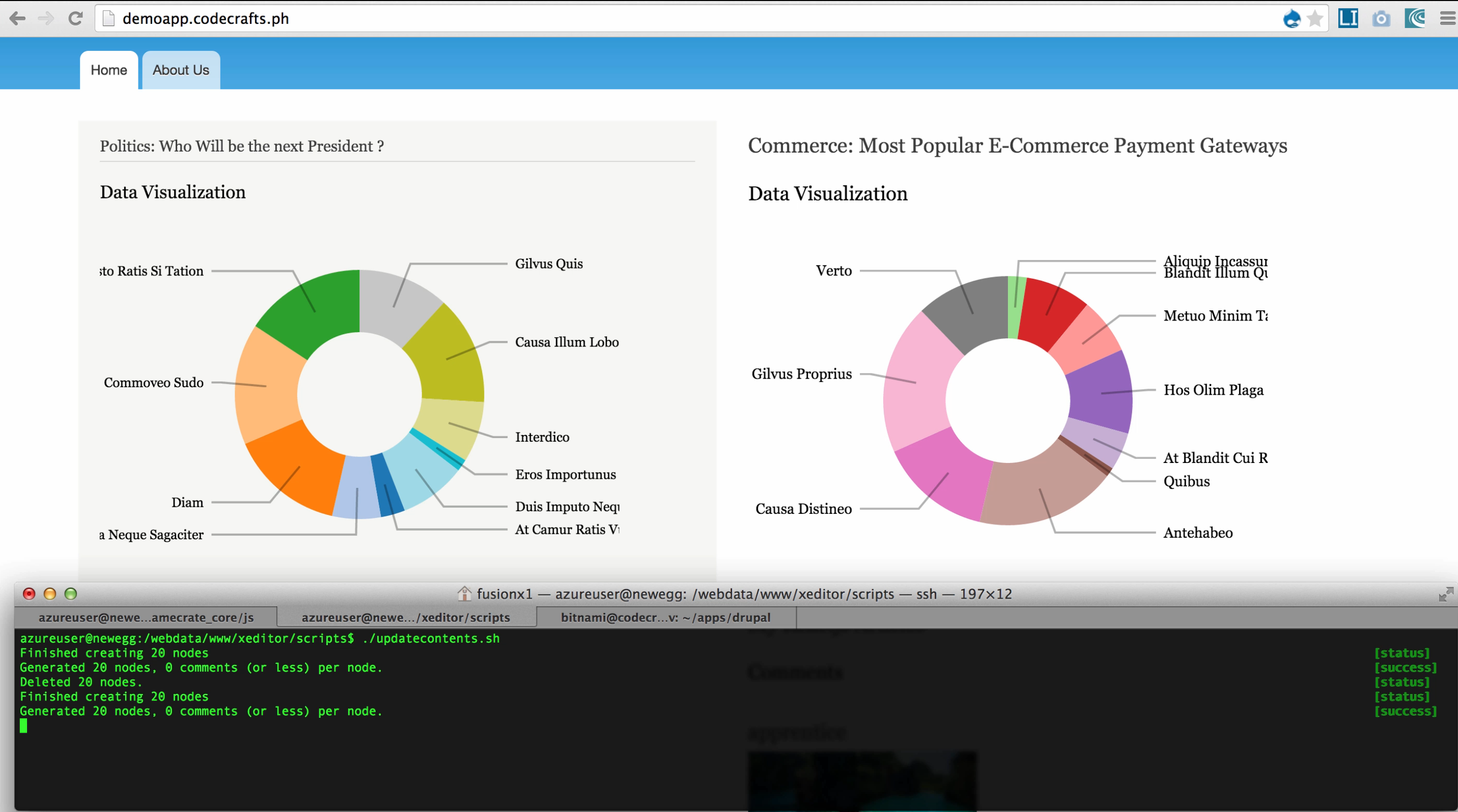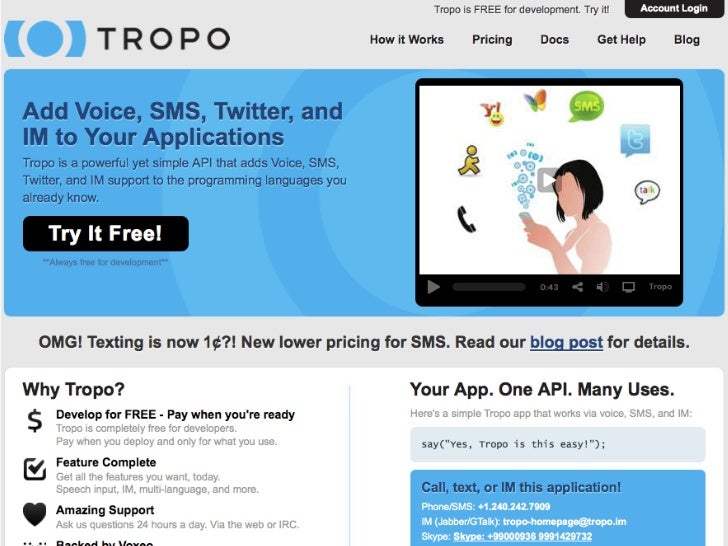

DRUPAL 7 MODULES CODE
Pantheon will perform the options selected, and you’ll then be able to test the updated code against the live database and files by clicking the Visit Test Site button.Īfter checking for issues on the Test site, you can navigate back to Pantheon and to the Live tab. All the checkboxes should be selected, and you can add a Deploy Log Message if you’d like. Memory: 32MB (A site with a number of commonly used modules enabled may require 64 MB of memory or more.) More requirements information. Database: MySQL 5.0.15 and higher, PostgreSQL 8.3 and higher, or SQLite 3.x.
DRUPAL 7 MODULES INSTALL
In the Test tab, you’ll see a highlighted section detailing what commits are ready to be tested against the live site. To install Drupal 7, you will need: Web Server: Apache (recommended), Nginx, Lighttpd, or Microsoft IIS. You can add a commit message, then switch the Dev site from SFTP back to Git mode, which will stage your commit to push to the Test environment. In the Dev tab, you’ll notice your code changes ready to commit to Git.
DRUPAL 7 MODULES UPDATE
CommittingĪssuming there were no issues in the update process, you can exit the development site and go back to the project dashboard on Platform. You can now go back to the main site and test a few pages to ensure nothing has changed. Once the database updates are complete, you’ll be shown a log of any messages, warnings, or errors. Review these updates, apply, and then run them. Drupal 7 has the ability to gain extra functionality through the use of modules. Some modules will require an update to their database table(s). After they have updated successfully, you’ll be shown the following message.

Once you’ve selected the modules you’d like to update, click the ‘Download these updates’ button and let Drupal do the rest. If the minor version number is any more than one, or if the major version has changed, it’s good practice to check the release notes on (a link is provided next to the Recommended Version number, as shown in Figure 4). General rule-of-thumb is if a module’s recommended release minor version number is incremented by 1 from your installed version, it will be safe to update it. It is important to check the recommended version number against the already-installed number. Once there, you can select the modules you’d like to update. (You can also navigate to the Extend page to view all currently installed modules) On 19 February 2019, the Drupal security team issued. Most notably Views and the WYSIWYG editor. The ‘core’ package now includes many modules that with Drupal 7 had to be installed individually. Drupal 8 has improved on this significantly. In your development site, go to the Extend tab (located in the administration navigation menu) and go to the Update page. Drupal 8 core and Drupal 7 module highly critical release: DRUPAL-PSA-. Administrators of Drupal sites can be automatically notified of these new releases via the Update Status module (Drupal 6) or via the Update Manager (Drupal 7). What So Drupal 8 Support Ends Before Drupal 7 Support In June of 2020, during the same week as the long-anticipated arrival of Drupal 9, Promet posted a blog concerning the essential steps involved in a Drupal 8 to 9 migration. With Drupal 7, there were still many modules that needed to be added before it was truly ready to go. Once the Development Mode has successfully changed, navigate to the Development Site. SFTP mode enables the website’s code to be altered in an online dev environment, as opposed to Git mode where you must pull the repository to your local environment to alter any code. Once you have navigated to your project’s Dev page, ensure the Development Mode is switched to SFTP, not Git. While this guide details the process for Drupal 8, the same workflow can be applied to Drupal 7 or WordPress sites. This guide describes the process for performing updates on contrib modules for a Drupal site hosted on the Pantheon platform. Afterwards, I felt others could use this same outline to assist with their own workflow, hence this blog post.

The solution was to write our own guide for this process. While gathering resources to help them with the process, we found that, although Pantheon had documentation for Drupal core and contrib updates via Composer and/or Git, it didn’t have the process outlined for updated contrib modules via the Drupal administration GUI. They would eventually take over updates of both core and contrib modules for the site. Recently, we were helping a client get their Drupal 8 website set up for hosting on the Pantheon platform.


 0 kommentar(er)
0 kommentar(er)
